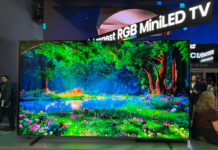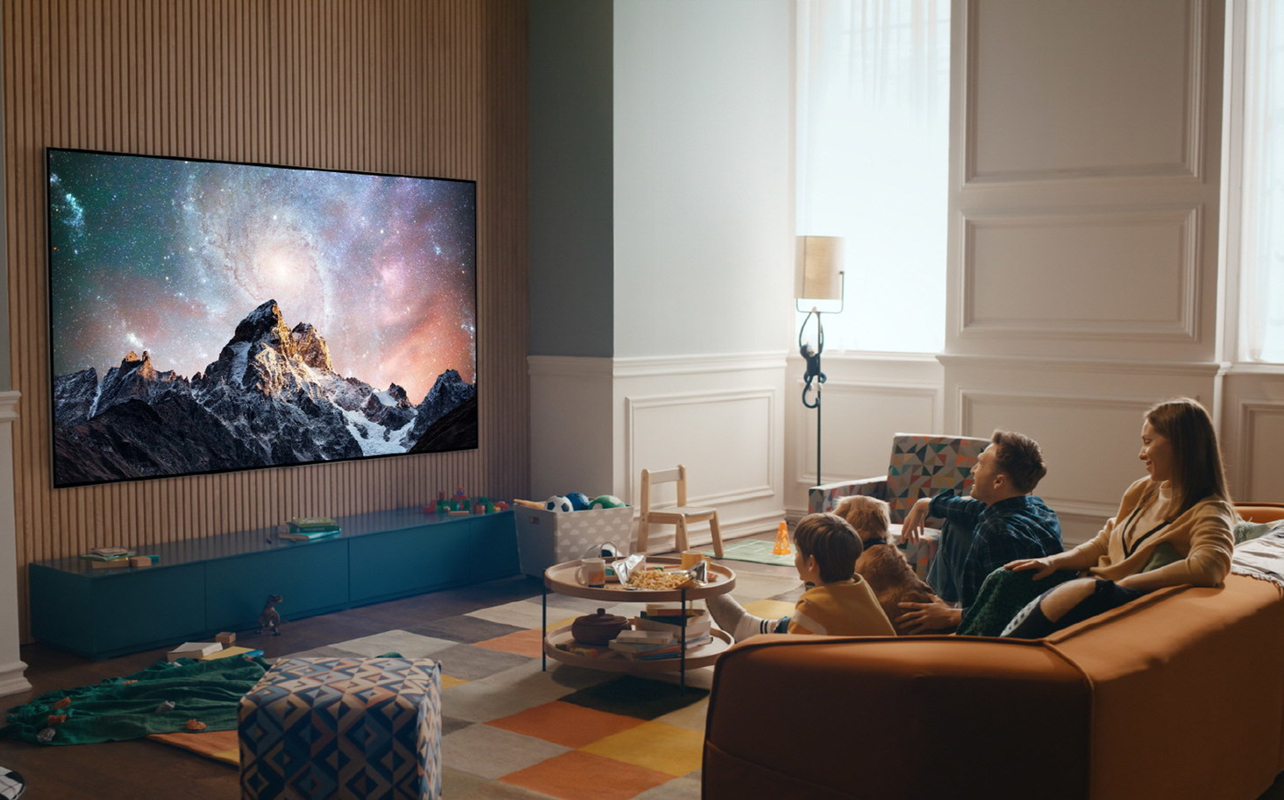
OLED TVs are widely regarded as being among the best-looking displays you can buy. They’re celebrated for their perfect blacks, vibrant colour reproduction, and razor-thin designs that bring movies, sports, and games to life in a way that feels truly cinematic. Many viewers also love their wide viewing angles and smooth motion handling, making them a joy to watch from virtually anywhere in the room.
In this article, we’ll break down what OLED is, how it works, the benefits and drawbacks, and whether it’s the right choice for you. We’ll also touch briefly on how it stacks up against other display types and provide links to in-depth comparisons if you want to explore further.
What is OLED?
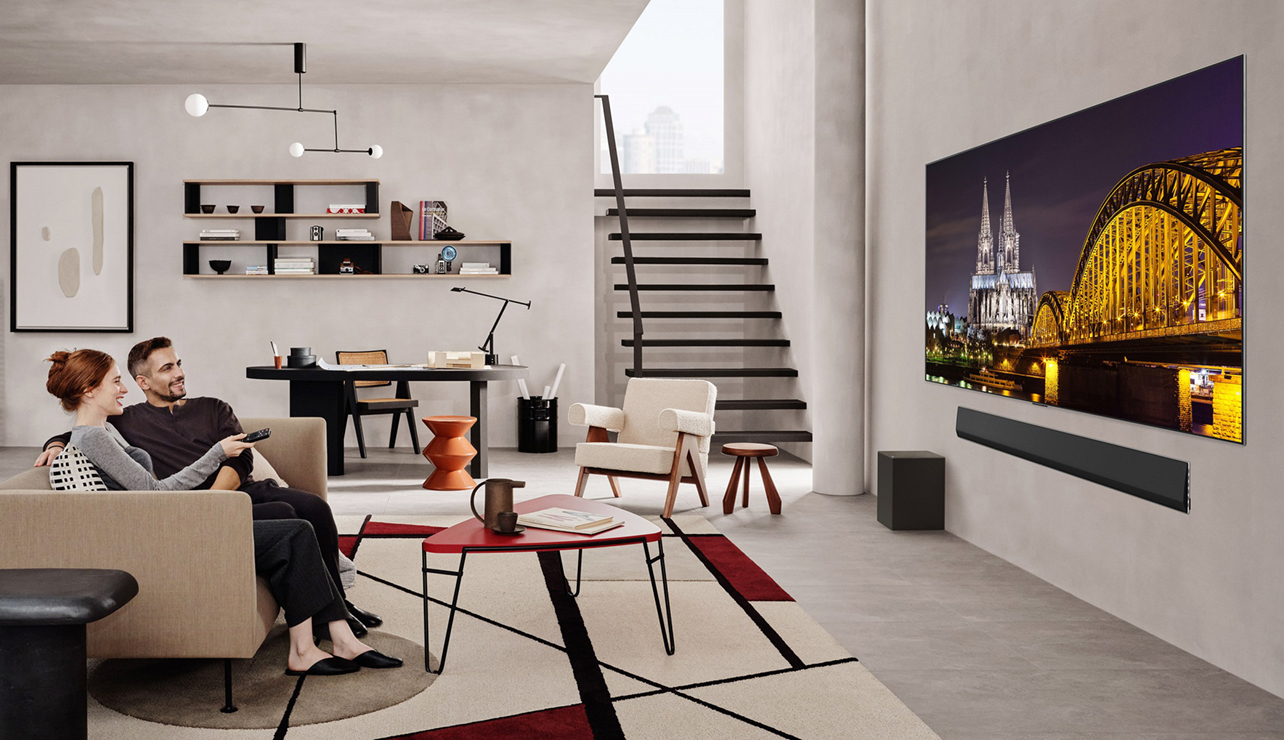
OLED stands for Organic Light-Emitting Diode. It’s a display technology where each pixel produces its own light, meaning there’s no need for a traditional backlight like you’ll find in LED or LCD TVs. That difference is huge: because pixels can turn completely off, OLED TVs can achieve perfect black levels and incredibly high contrast. That’s something standard LED TVs can’t fully replicate.
How OLED technology works
Without getting overly technical, here’s the gist:
An OLED screen is made up of millions of tiny pixels. Each pixel contains organic compounds that emit light when electricity passes through them. Because each pixel is self-emissive (meaning it lights up on its own), the TV can control them individually. This means a pixel showing black turns off entirely, delivering true black rather than dark grey.
Bright and dark areas can appear side by side without the distracting halo effect seen on some backlit TVs, when a bright object around a dark area appears to have a glow surrounding it. Because there’s no bulky backlight system, the panel can be extremely thin, giving OLED TVs their sleek, modern designs. This self-emissive nature is the secret sauce that makes OLED stand out for home theatres, gaming, and anywhere you want stunning visuals.
Key benefits of OLED TVs
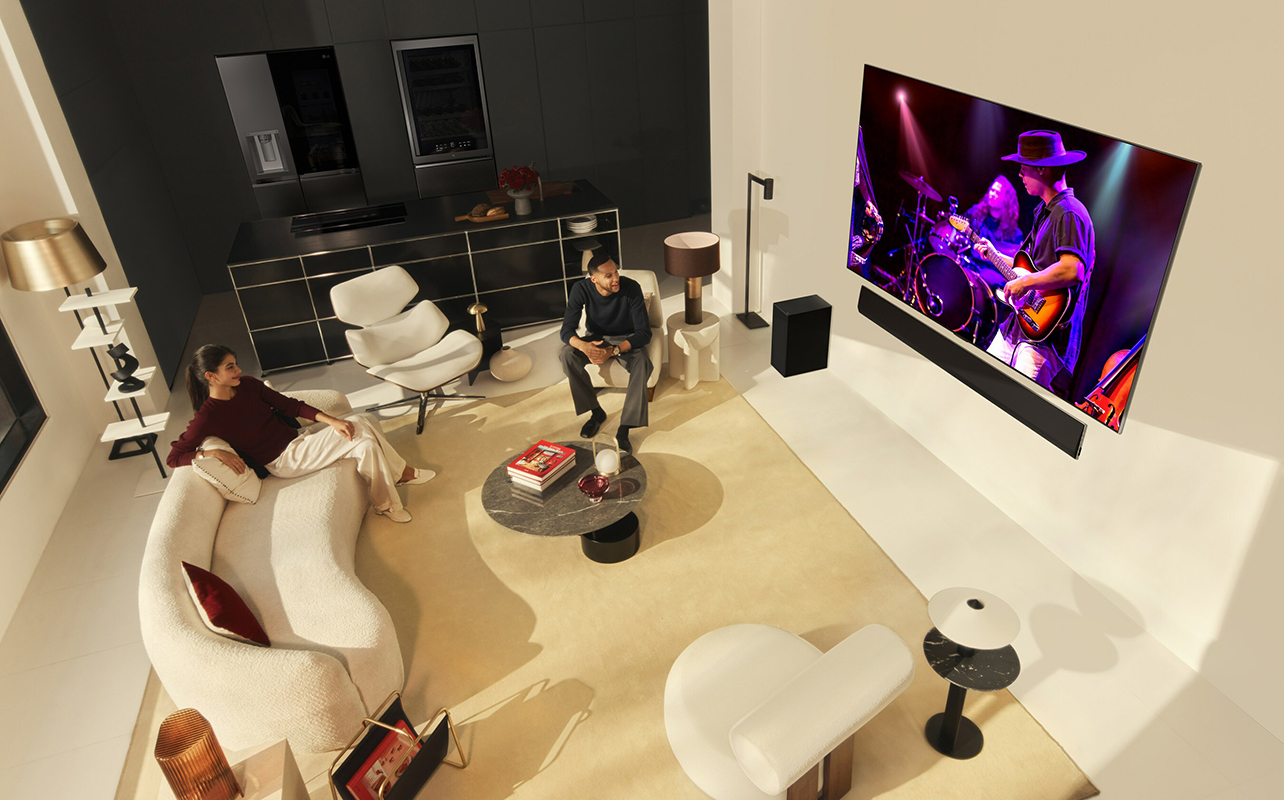
If you’re wondering what is OLED TV technology good for, here are its biggest advantages:
Picture quality
OLED delivers exceptional clarity and detail, with smooth motion handling for sports, action movies, and gaming.
Colour reproduction
The ability to control each pixel’s light output allows for rich, accurate colours that make everything look lifelike.
Contrast levels
Perfect blacks mean higher contrast ratios, making bright elements pop against dark backgrounds.
Viewing angles
OLED panels maintain picture quality even when viewed from the side, so everyone in the room gets the same experience.
Design flexibility
OLED panels are thin and light, enabling ultra-slim designs and even bendable or rollable screens.
Potential drawbacks of OLED TVs
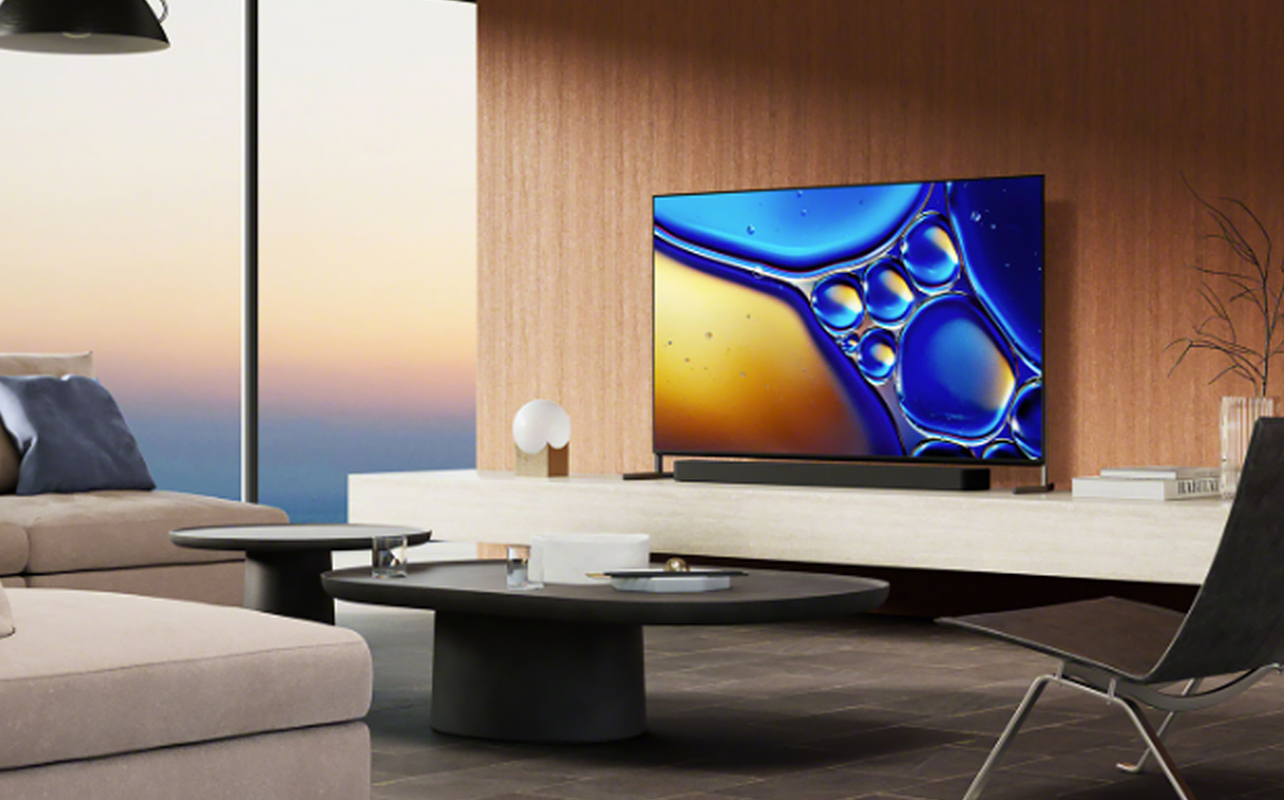
Here are a few things to keep in mind before you get one for your home:
Price range
OLED TVs are typically at a higher price point than LED and QLED models, though prices have dropped in recent years.
Risk factors
Long-term static images (like a news ticker or scoreboard) can lead to image retention or “burn-in.” This is when, if an image appears for too long on the screen, a faint outline of the image can be seen permanently in that spot. This is rare in normal mixed-use viewing but still something to note.
Brightness limitations
While newer OLED models have improved peak brightness, they may not get as bright as some LED or Mini-LED TVs, which can be noticeable in very sunny rooms.
Availability
OLED models are generally available in premium ranges from certain manufacturers, so there may be fewer budget-friendly options.
OLED vs other TV display technologies
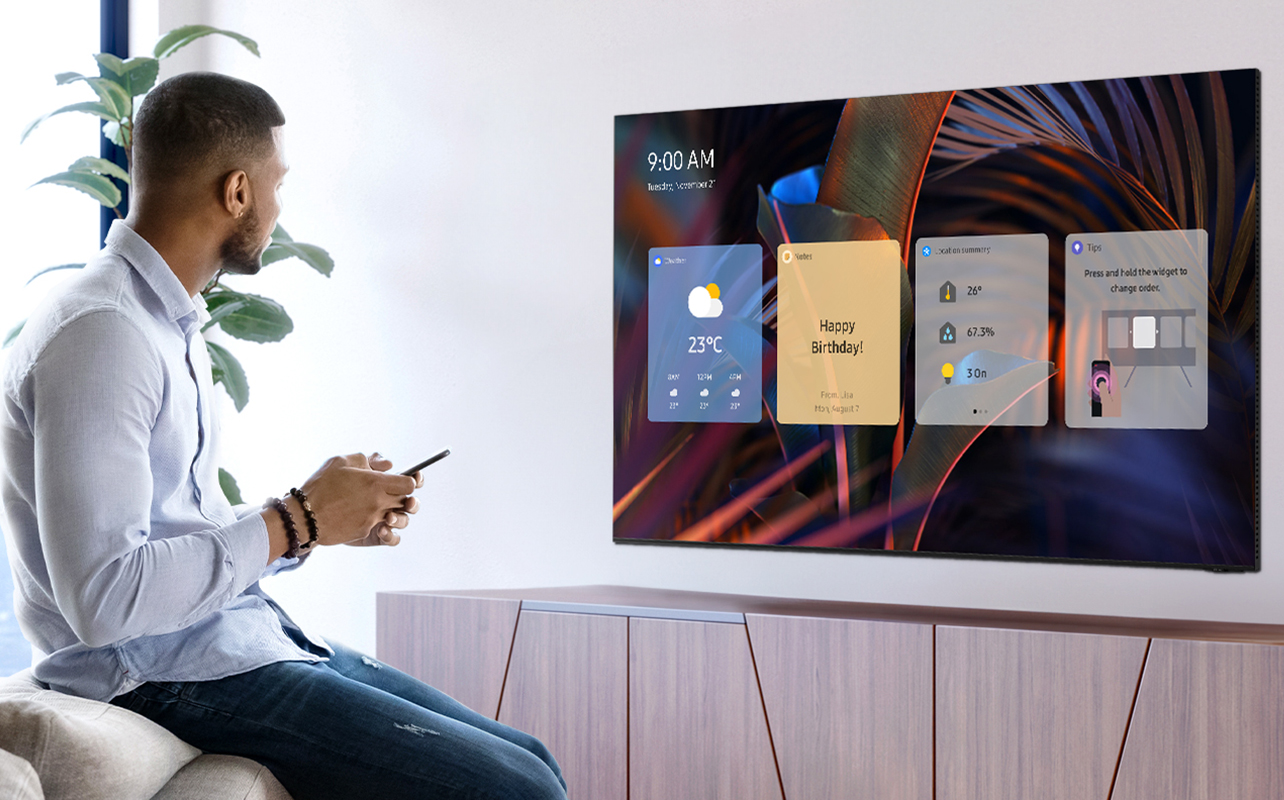
While this article isn’t meant to be a full head-to-head review, it’s helpful to understand how OLED stacks up against other popular TV types like QLED and QNED.
| Feature | OLED (Organic Light-Emitting Diode) | QLED (Quantum Dot LED) | QNED (Quantum Dot + NanoCell + Mini-LED) |
|---|---|---|---|
| Backlight | None, as it uses self-emissive pixels | LED backlight with quantum dots | Mini-LED backlight with quantum dots + NanoCell |
| Black levels | Perfect blacks; pixels turn off entirely | Deep blacks, but not true black | Very good blacks, improved over QLED but not OLED-level |
| Brightness | High, but not the brightest | Very high brightness | Extremely high brightness |
| Viewing angles | Excellent | Can lose quality at wide angles | Better than QLED, but not as wide as OLED |
| Design | Ultra-thin, even flexible | Thicker due to backlight | Slim, but not as thin as OLED |
| Risk of burn-in | Possible with static images | No risk | No risk |
Backlight
OLED pixels generate their own light, so no backlight is needed. This allows for incredibly thin panels and precise pixel-by-pixel control of brightness. QLED uses an LED backlight with a quantum dot layer to enhance colour, but the light has to pass through multiple layers. This adds thickness and limits black level precision. QNED also relies on a backlight, specifically Mini-LED technology, paired with quantum dots and LG’s NanoCell layer for colour accuracy. While this results in improved brightness and contrast over QLED, it still can’t match OLED’s true-black performance.
Black levels
When an OLED pixel is off, it emits no light at all, producing perfect blacks and infinite contrast ratios. QLED’s LED backlighting can only dim sections of the screen (local dimming zones), so some light leakage can occur, leading to dark greys rather than true black. QNED’s Mini-LED backlight provides more dimming zones than QLED, which helps reduce halo effects. But OLED still leads in overall black level accuracy.
Brightness
If you’re setting up your TV in a very bright room, QLED and QNED have the edge. QLED can reach very high brightness levels, making HDR content pop even in daylight. QNED takes this further with Mini-LED’s ability to deliver even higher peak brightness while keeping blooming under control. OLED offers excellent brightness for most settings, especially dark and moderately lit rooms. But it’s not the brightest option on the market.
Viewing angles
OLED offers outstanding viewing angles. You can sit far to the side without seeing a drop in colour vibrancy or contrast. QLED’s picture quality can fade when viewed from an angle, especially on entry-level models. QNED improves on QLED’s performance thanks to its NanoCell layer, but OLED maintains consistency even at more extreme viewing positions.
Design
Without the need for a backlight, OLED TVs can be made ultra-thin, wall-hugging, and even flexible in some models. QLED TVs are generally thicker because of the multiple layers required for the backlight and quantum dot film. QNED TVs, while slimmer than traditional QLEDs due to Mini-LED tech, are still not as sleek as OLEDs.
Risk of burn-in
OLED has a slight risk of burn-in, where static images, if displayed for long periods, leave a faint shadow on the screen. However, modern OLED TVs have built-in features like pixel shifting to minimize this risk. QLED and QNED, both using backlit LCD technology, are immune to burn-in.
If you want a deeper dive into how these technologies compare, check out these related guides: OLED vs LED, QNED vs OLED, and differences between OLED and Mini-LED. Each one goes into more detail on strengths, weaknesses, and ideal use cases so you can make a confident decision.
Is OLED right for you?
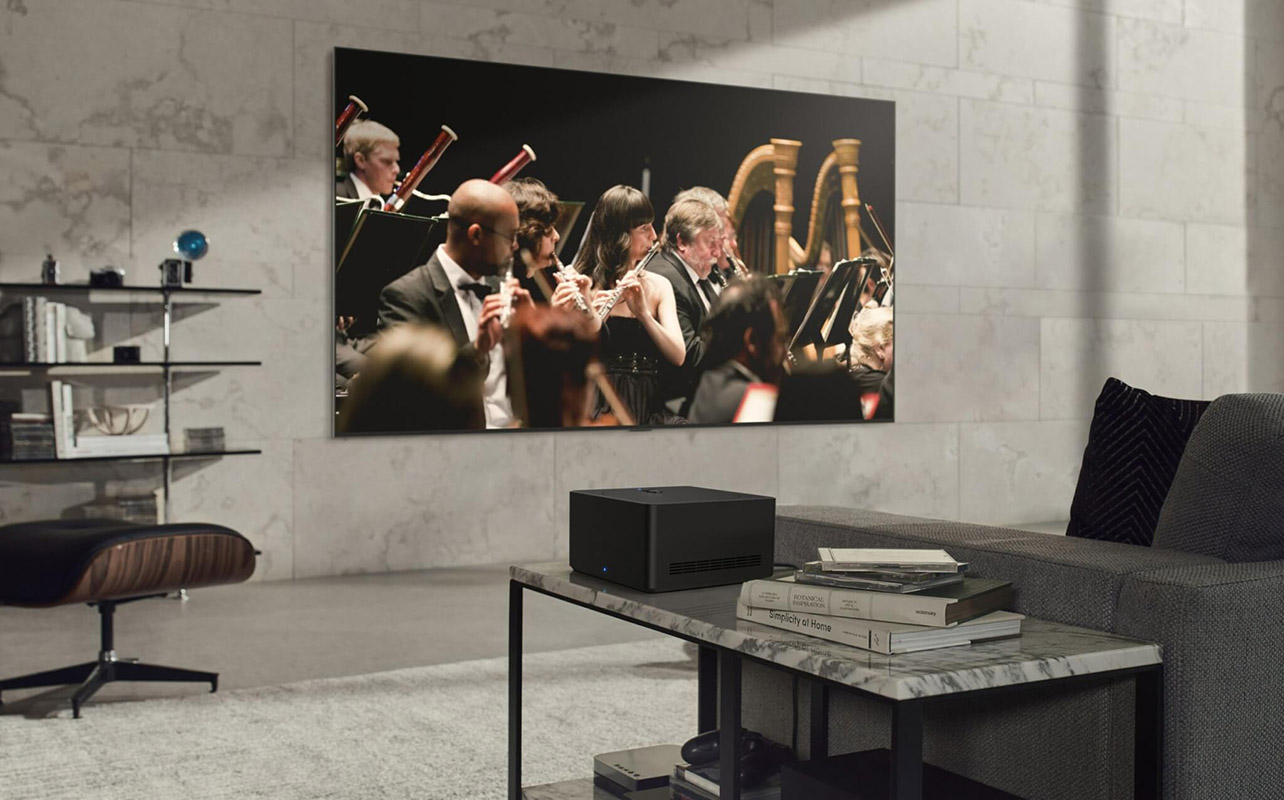
OLED shines brightest (pun intended) in certain situations.
Great for:
- Movie lovers who want a cinematic experience at home.
- Gamers who value fast response times and vivid visuals.
- Sports fans who hate motion blur.
- People who want a sleek, modern TV design.
Less ideal for:
- Very bright rooms with lots of sunlight.
- Shoppers with a tight budget.
- Users who leave static images onscreen for hours daily (e.g., security camera feeds or news broadcasts).
OLED TVs in Canada typically start around the mid-$1,000s for smaller models and can climb into the $4,000–$7,000 range for large, premium versions, even potentially higher for the highest-end options.
Common questions about OLED TVs
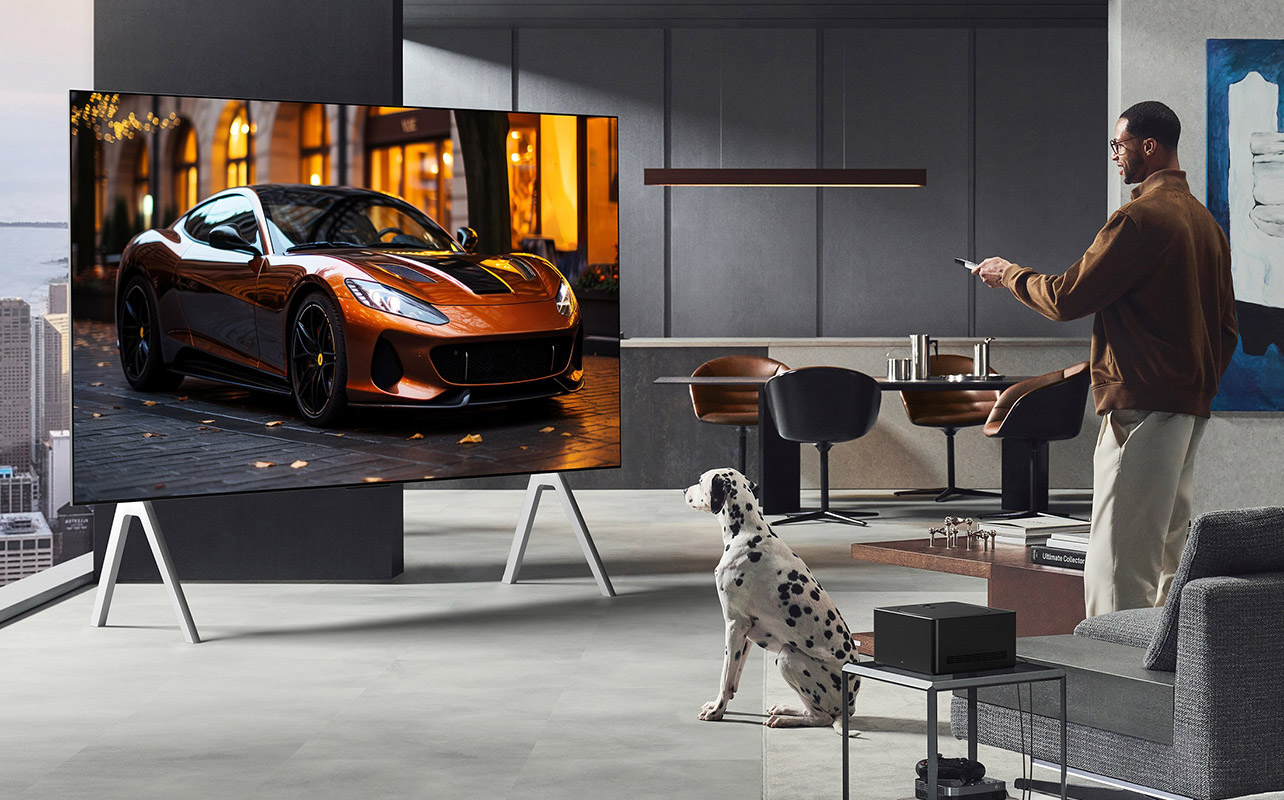
1. What is the difference between QLED and OLED?
QLED uses an LED backlight with a quantum dot layer, while OLED pixels create their own light. This gives OLED better black levels and contrast, while QLED can often reach high brightness.
2. Which is better OLED or QLED?
It depends on your needs. OLED is better for dark-room viewing and contrast; QLED is better for bright rooms, while also more budget-friendly.
3. OLED vs QD-OLED—what’s the difference?
QD-OLED blends OLED’s perfect blacks with quantum dots for higher brightness and more vibrant colours. It’s a newer technology that sits at the premium end.
4. How long do OLED TVs last?
Many OLED TVs are designed to last many years, with lifespans exceeding 30,000–50,000 hours of viewing time before significant dimming.
5. Can OLED TVs burn in?
Yes, but it’s rare with normal use. Manufacturers include pixel-shifting and other features to reduce the risk in the newest models. But you still need to keep it in mind when waching content with things like logos or news tickers at the bottom or corner of the screen.
6. Is OLED good for gaming?
Absolutely. Fast response times, low input lag, and deep blacks make OLED a favourite among console and PC gamers.
A solid pick for home theatre fans
If you love the idea of turning your living room into a personal cinema, OLED is difficult to beat. The perfect blacks make dark scenes in movies look deep and immersive, while the vivid colours bring every frame to life. Its wide viewing angles mean friends and family can spread out without anyone getting a washed-out picture. Add in the sleek, minimalist design, and you’ve got a TV that not only performs beautifully but also elevates your space. For home theatre fans who want the most lifelike, cinematic experience possible, OLED is an excellent choice.
Discover you next home theatre favourite. Explore our wide selection of OLED TVs at Best Buy.

This article was drafted using AI technology and then reviewed, fact-checked, and revised by a member of our editorial team.




